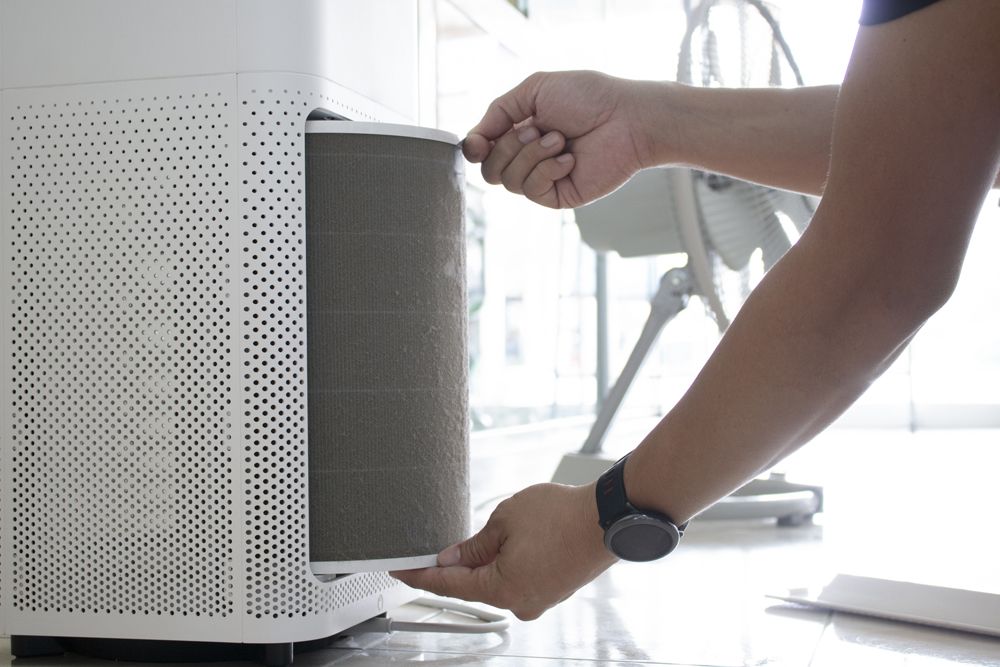New Tool Shows Ventilation Rates of Treatment and Waiting Rooms
This new tool can help practices know the quality of air ventilation in both the treatment and waiting room.
New Tool Shows Ventilation Rates of Treatment and Waiting Rooms. Photo courtesy of tradol/stock.adobe.com.

Eastman Institute for Oral Health released a tool to assess the ventilation rates of treatment and waiting rooms in dental practices. This tool, developed by a team of researchers, utilizes a CO2 monitor, baking soda and vinegar, and a calculator to gauge a room’s ventilation rate which is measured in air changes per hour. Knowing the ventilation level, especially inside the practice, is vital in knowing whether you are taking the right steps to mitigate the risk of COVID-19, according to Professor Yanfang Ren, DDS, PhD, MPH.
“Knowing what the ventilation rate is for individual dental treatment rooms will help providers understand what steps they can take, if necessary, to improve ventilation,” Dr Ren said in a press release from the Eastman Institute. “We found that carbon dioxide levels in dental treatment rooms are directly associated with ventilation rate and the number of people in the room.”
This ventilation calculator was developed based on a study from the Eastman Institute of Oral Health, published in the Journal of Dental Research. Because dental procedures can often produce splatter or other contaminants, it is vital to boost the ventilation rate to 15 air changes per hour in treatment rooms.
Mitigation techniques include portable air cleaners, and frequent HVAC inspection and maintenance. Relevant to the COVID-19 pandemic, it is also equally as important to pre-screen symptoms and stay on top of infection control protocols.
This tool as well as video guides, and a question portal can be found on Eastman Institute for Oral Health’s Covid Safety & Resources Page.